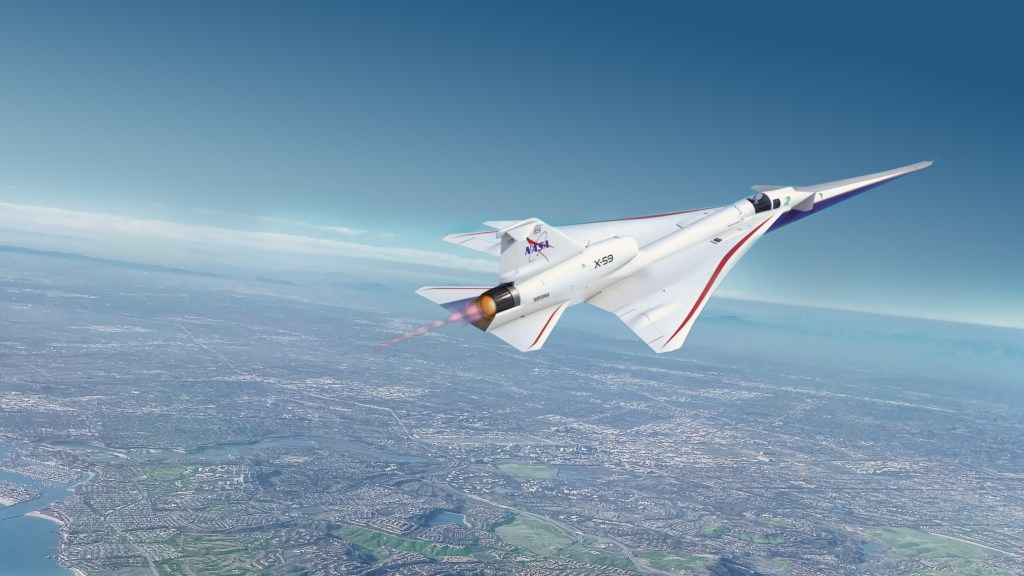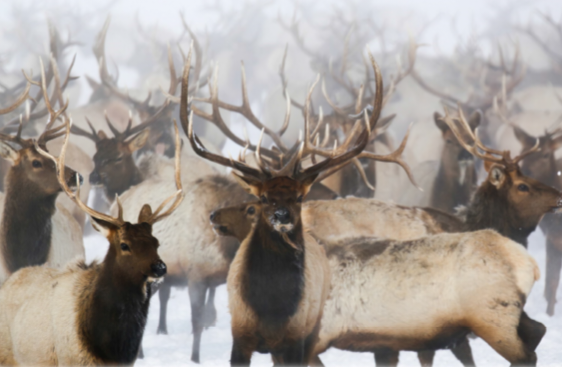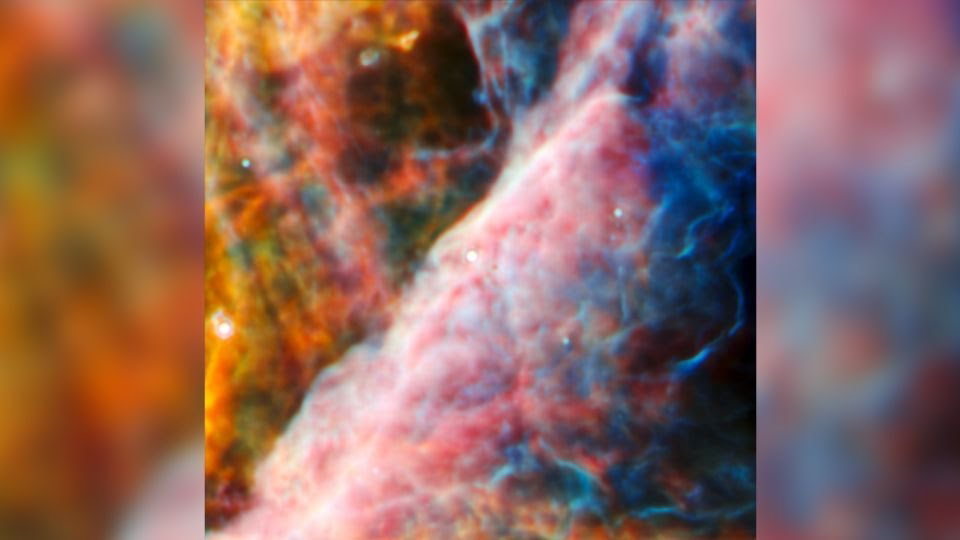NASA's Webb Telescope Reveals How Galaxies Transformed the Early Universe
A new study using data from NASA's James Webb Space Telescope (JWST) has revealed how galaxies transformed the early universe. The study, published in the journal Nature, found that galaxies played a key role in reionizing the universe, a process that turned the once-opaque universe transparent.
The study was led by Daichi Kashino of Nagoya University in Japan. Kashino and his colleagues used JWST to study a region of space that is about 13 billion light-years away. This region of space is filled with galaxies that were formed just a few hundred million years after the Big Bang.
The researchers found that the galaxies in this region of space are surrounded by large bubbles of transparent gas. These bubbles are caused by the galaxies' ultraviolet radiation, which ionizes the hydrogen gas in the surrounding space. Ionized hydrogen gas is transparent to light, so the bubbles of ionized gas allow light to pass through them, making the universe appear transparent.
The researchers' findings suggest that galaxies were the main drivers of reionization. They estimate that galaxies were responsible for reionizing about 90% of the universe by the time it was 1 billion years old.
The study's findings are significant because they provide new insights into how the universe evolved. They also show the power of JWST, which is capable of peering back in time to see the universe as it was just a few hundred million years old.
Implications for the Future
The findings of this study have important implications for our understanding of the early universe. They suggest that galaxies played a key role in reionizing the universe, a process that made it possible for stars and galaxies to form. This research also shows that JWST is a powerful tool for studying the early universe, and it is likely to lead to many more discoveries in the years to come.
What's Next?
The researchers who conducted this study are now planning to use JWST to study other regions of space in order to better understand how reionization happened. They are also planning to use JWST to study the first stars and galaxies that formed in the universe. This research is likely to lead to new insights into the early universe and its evolution.
©️ Rocky Mountain Dispatch 2023




Comments
Post a Comment